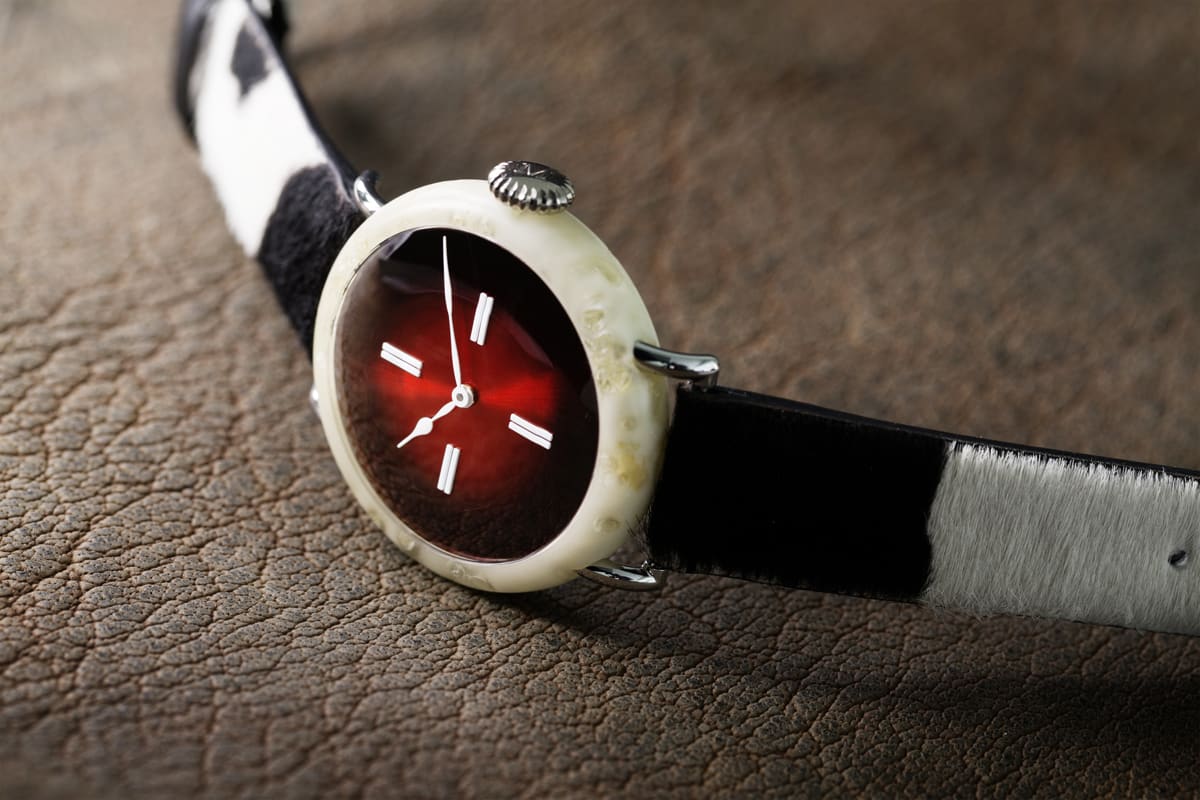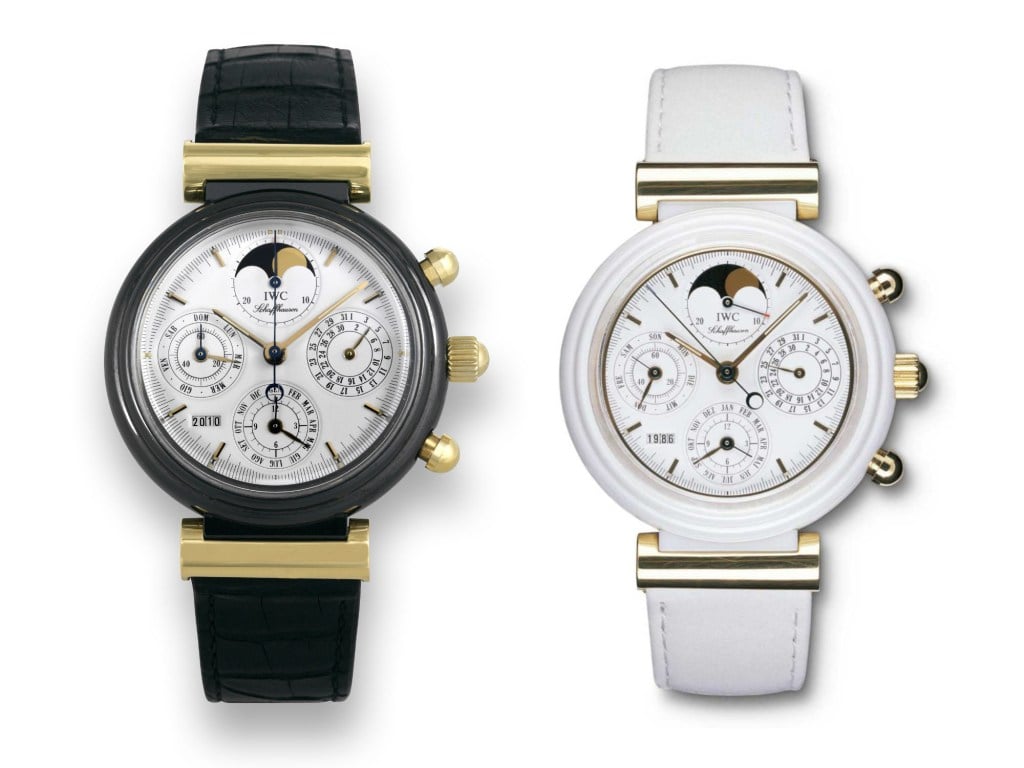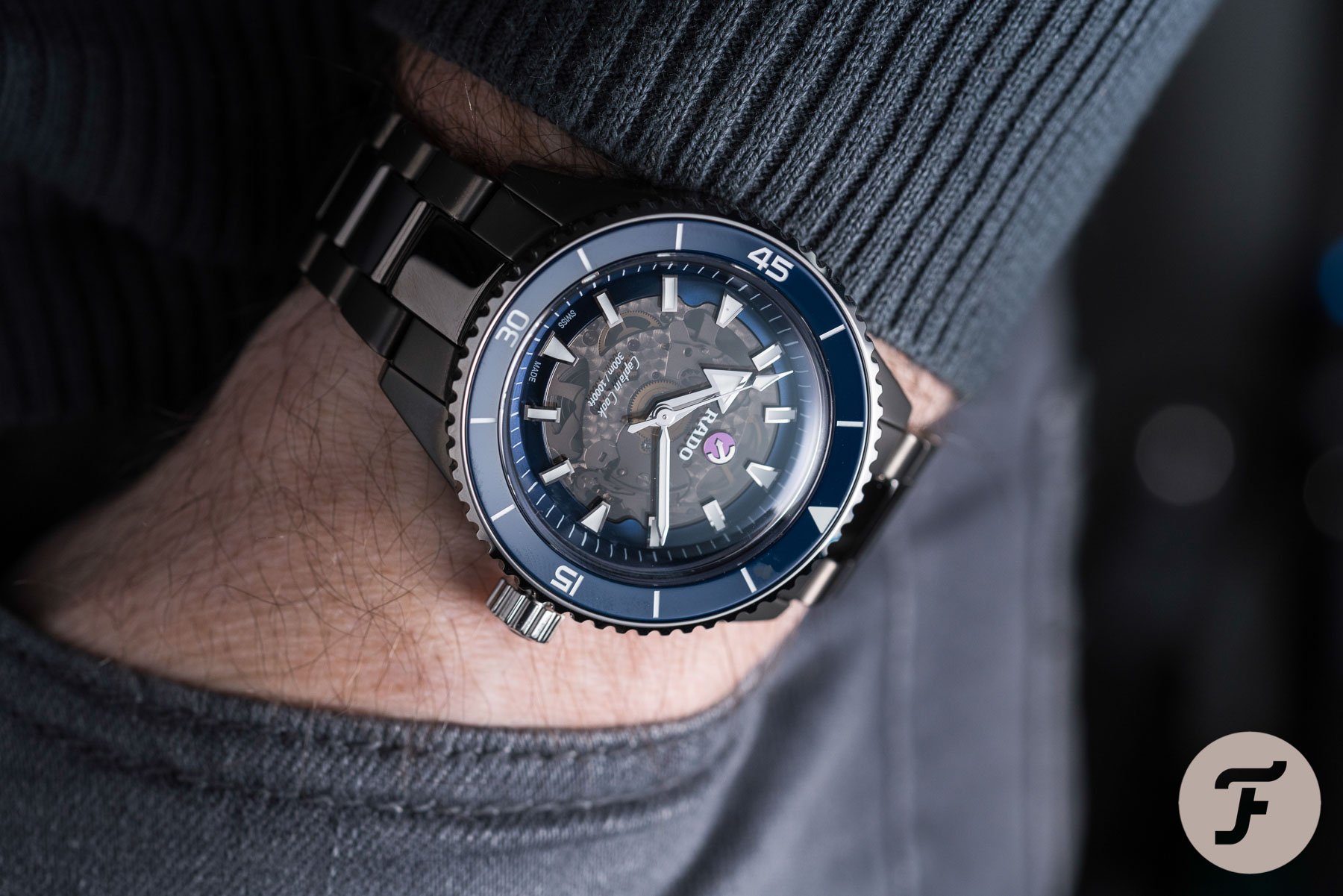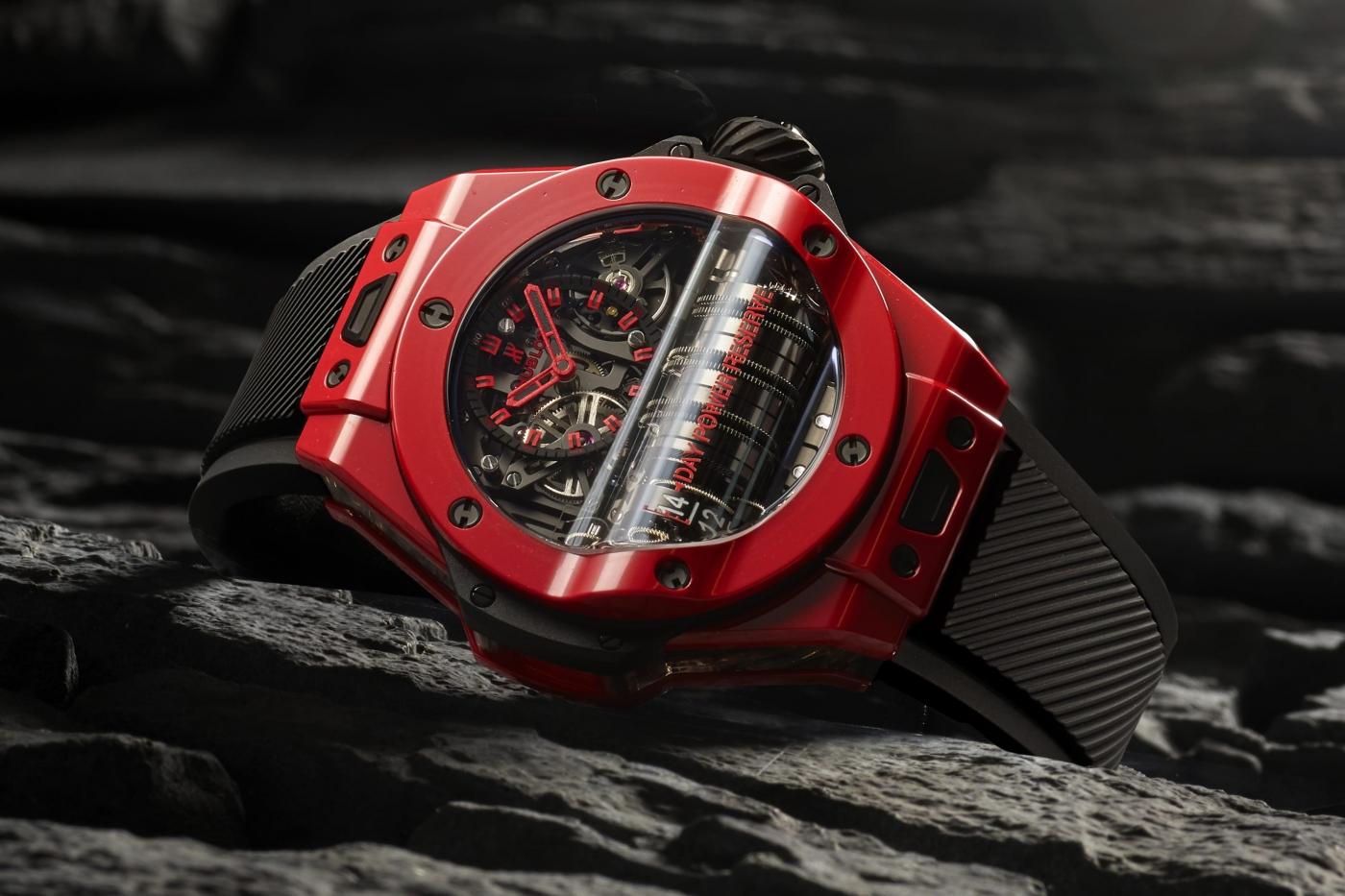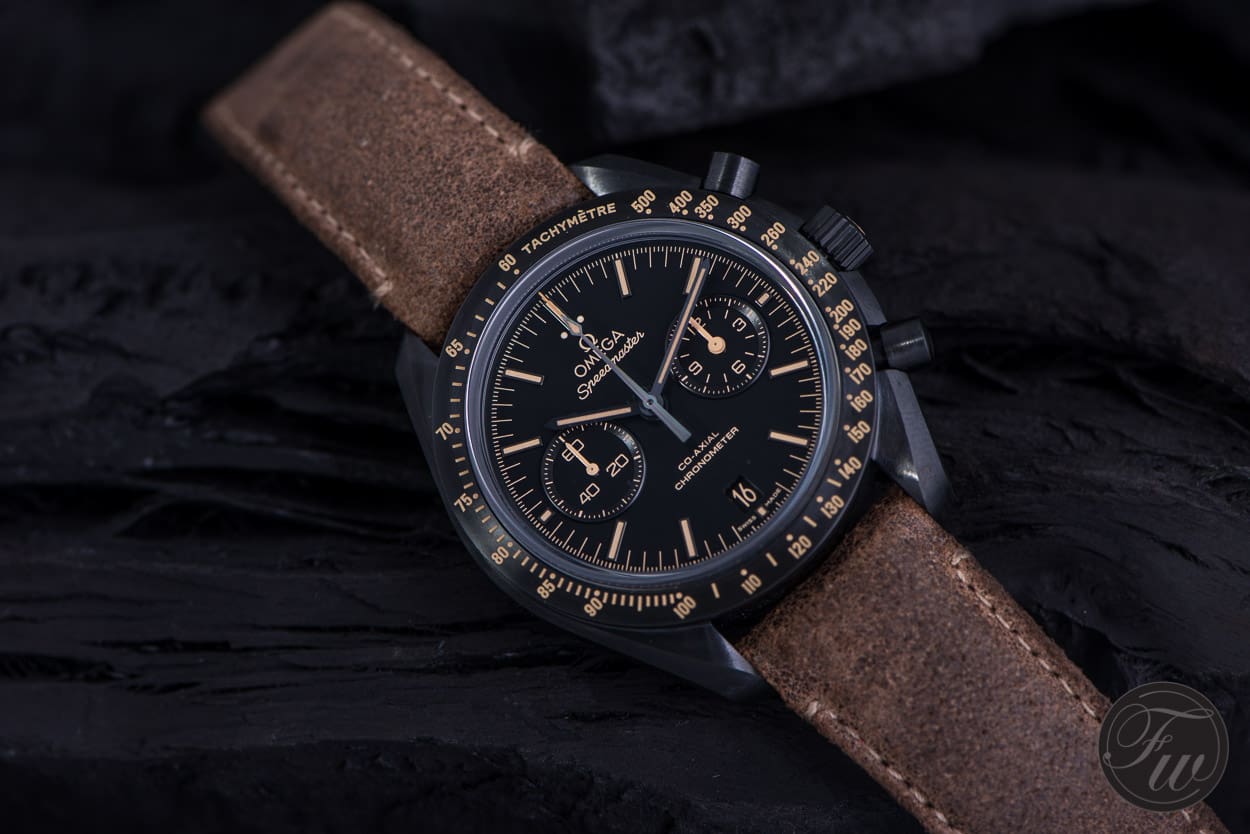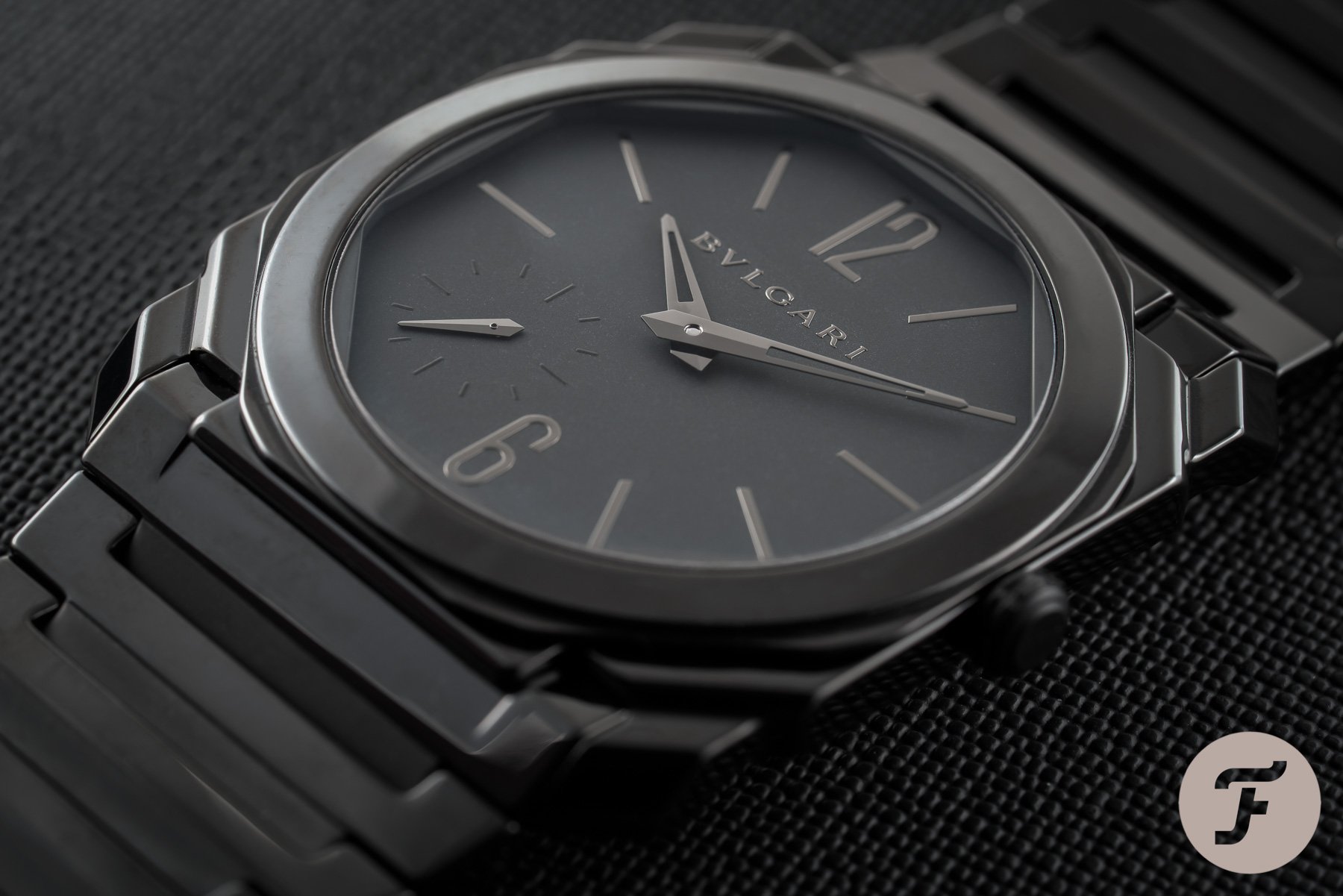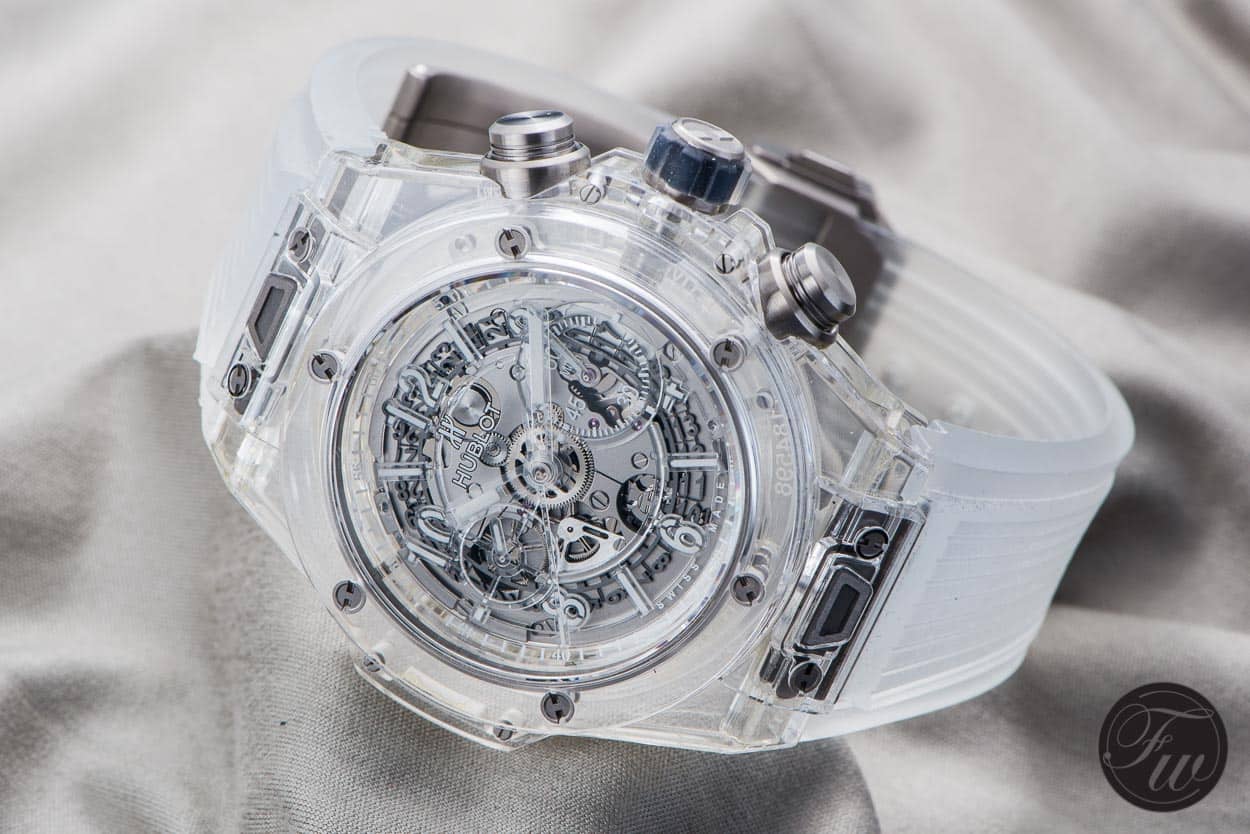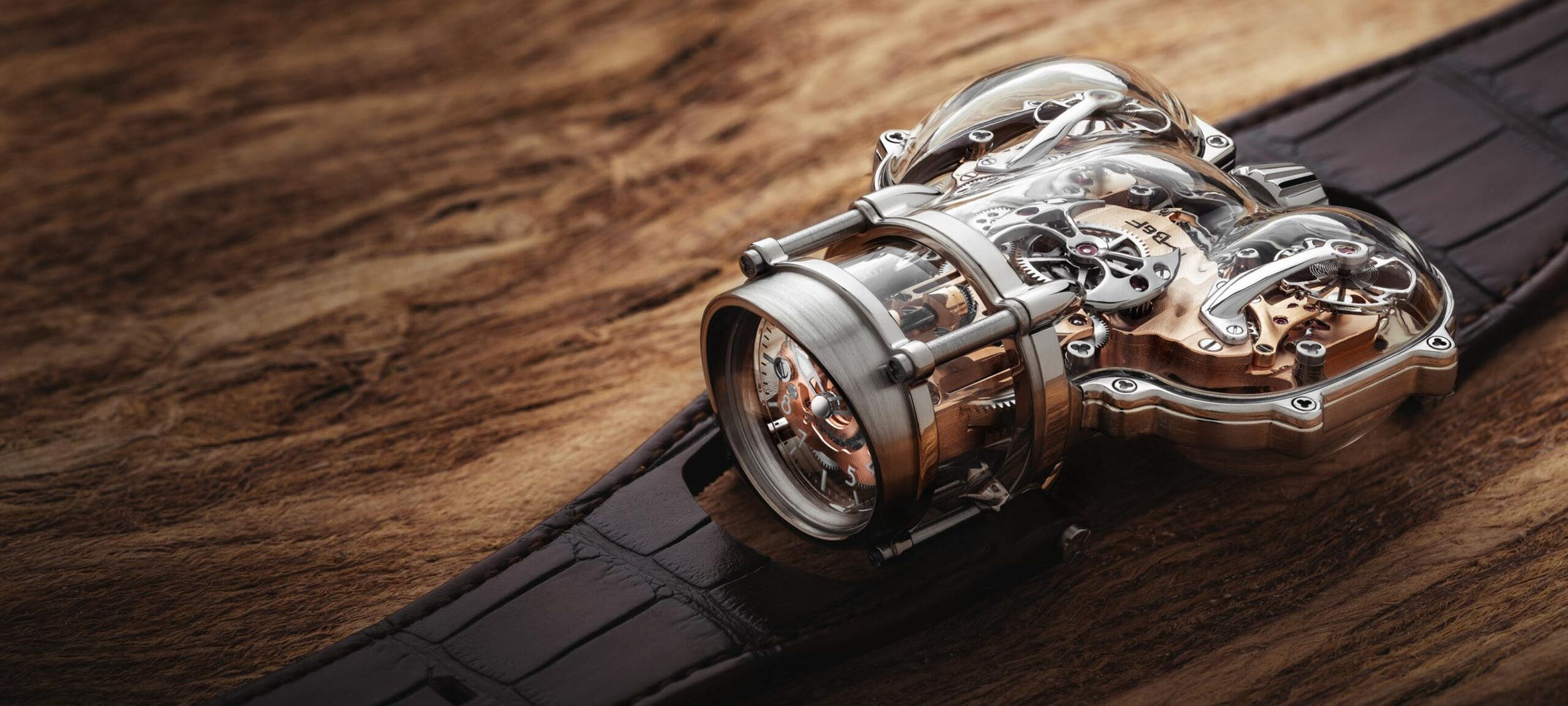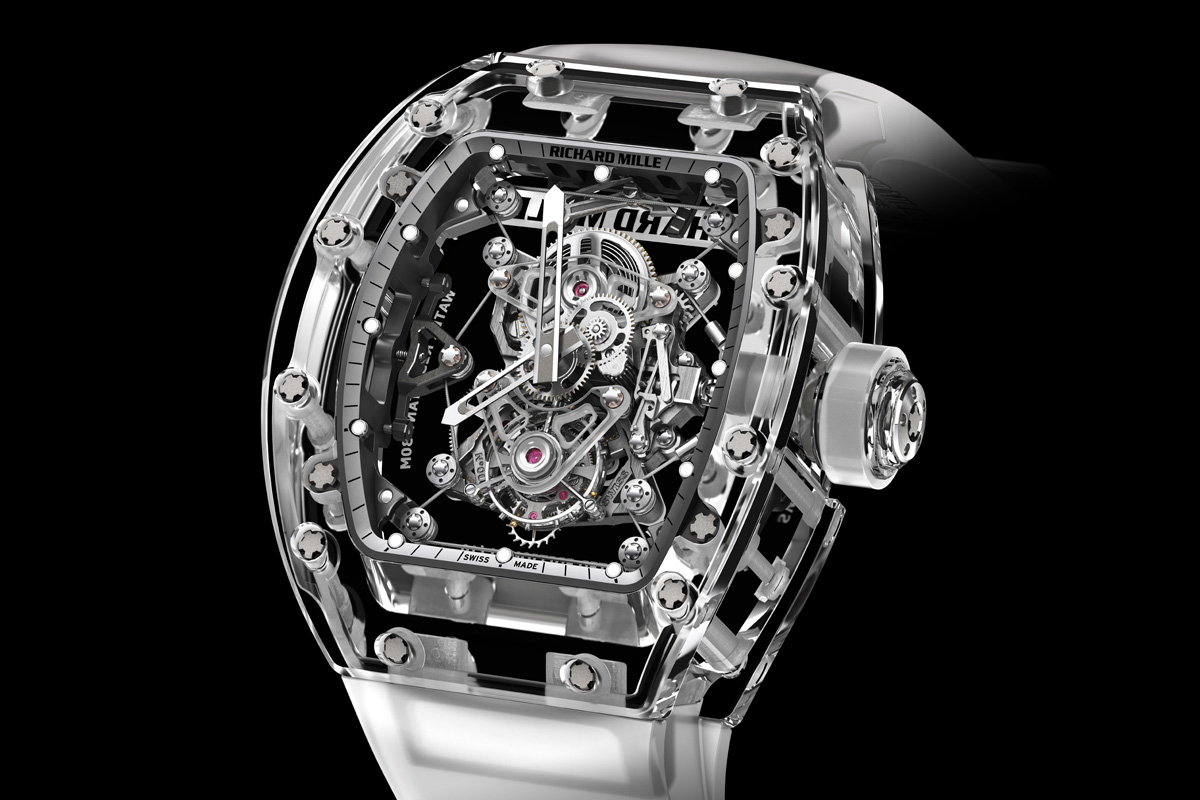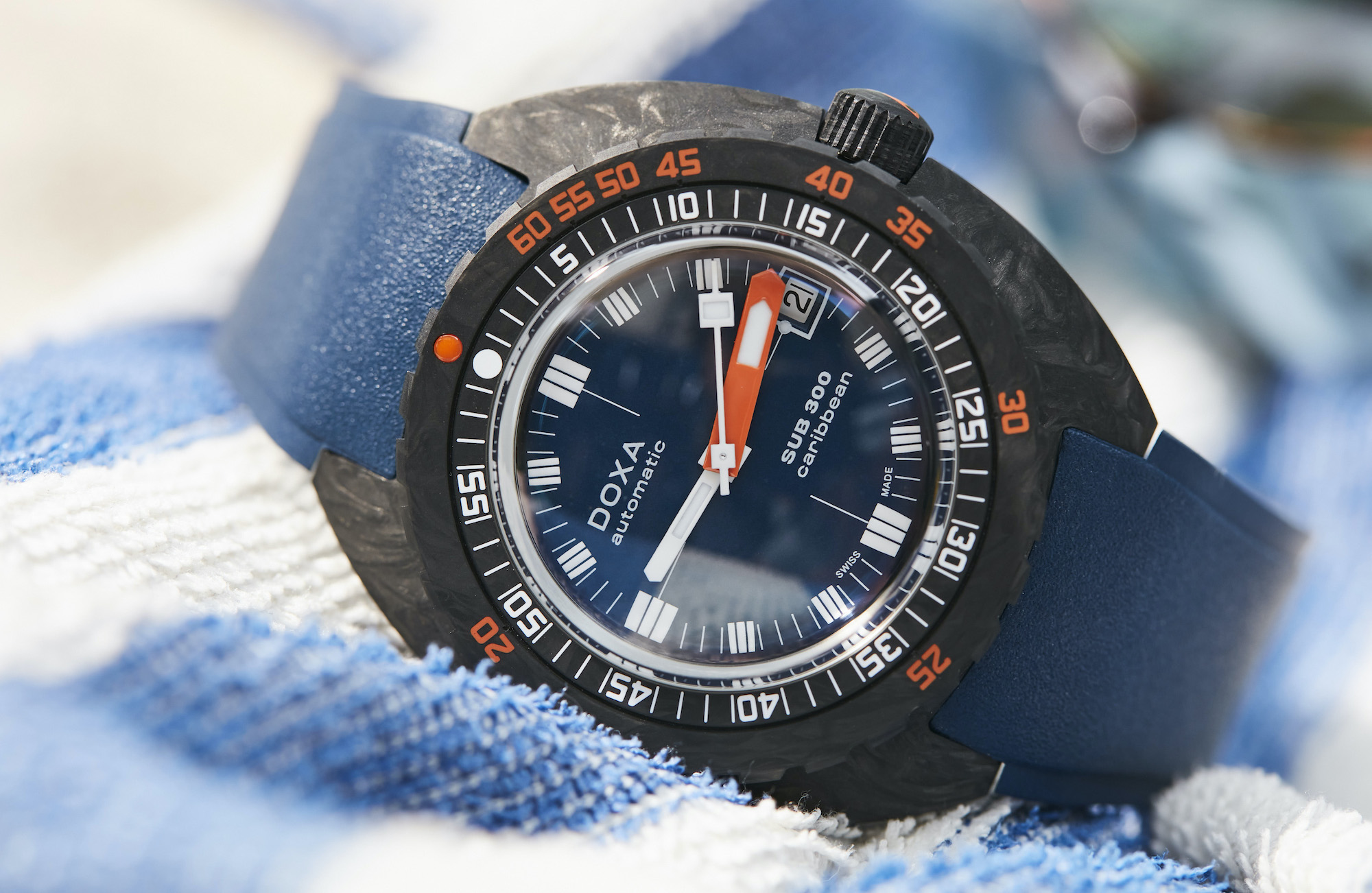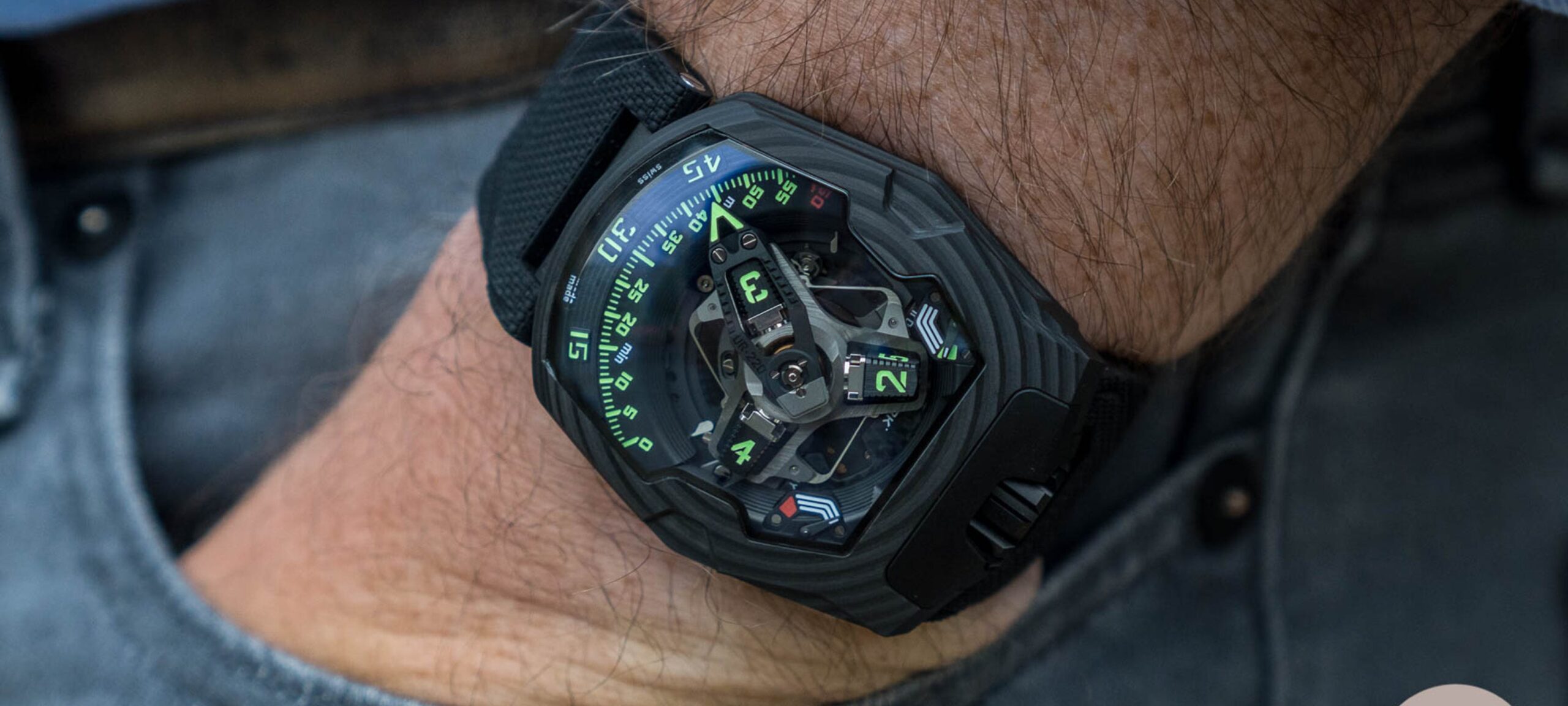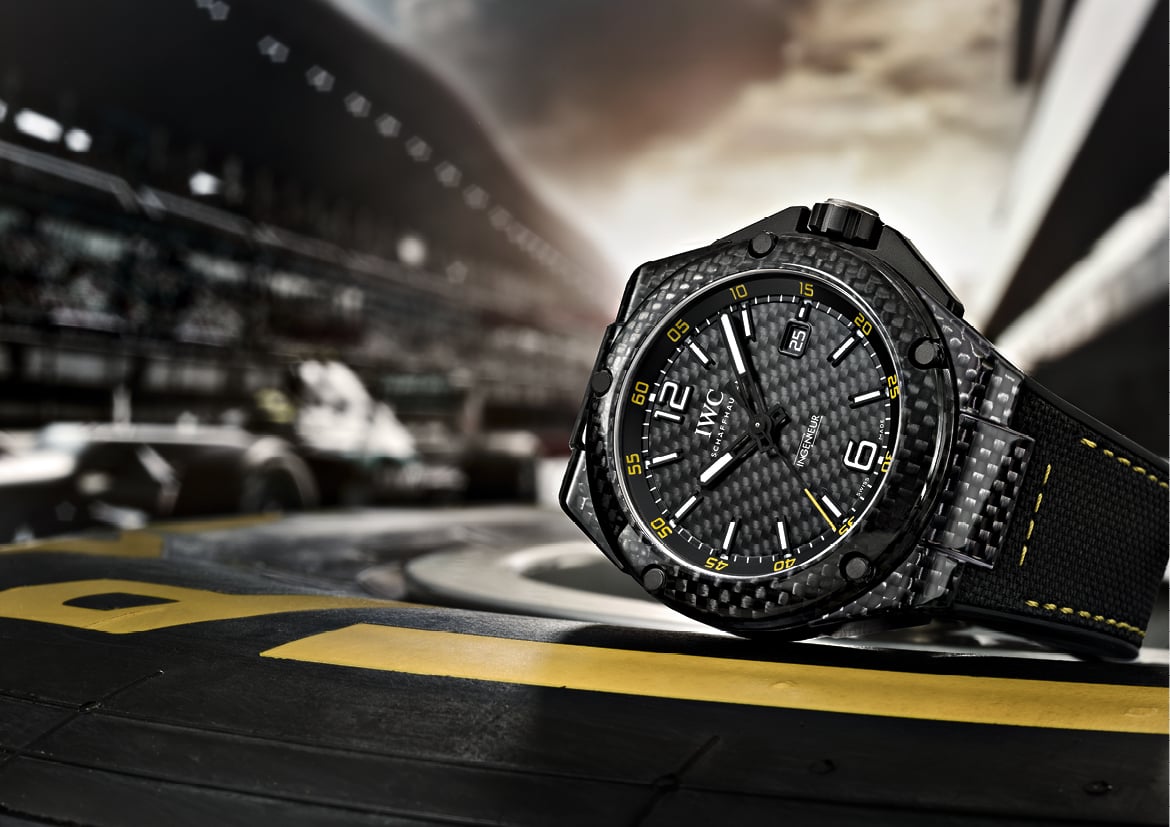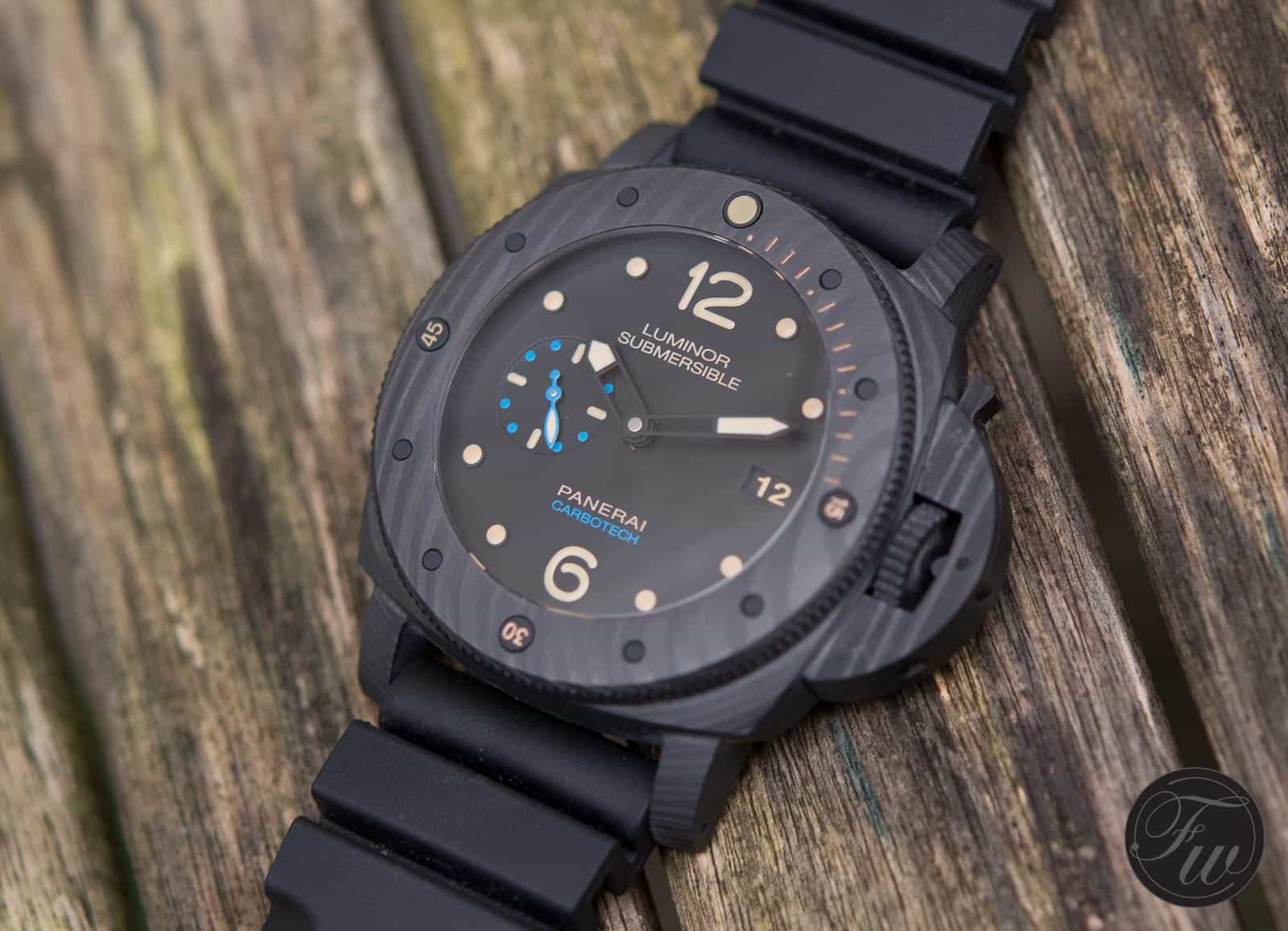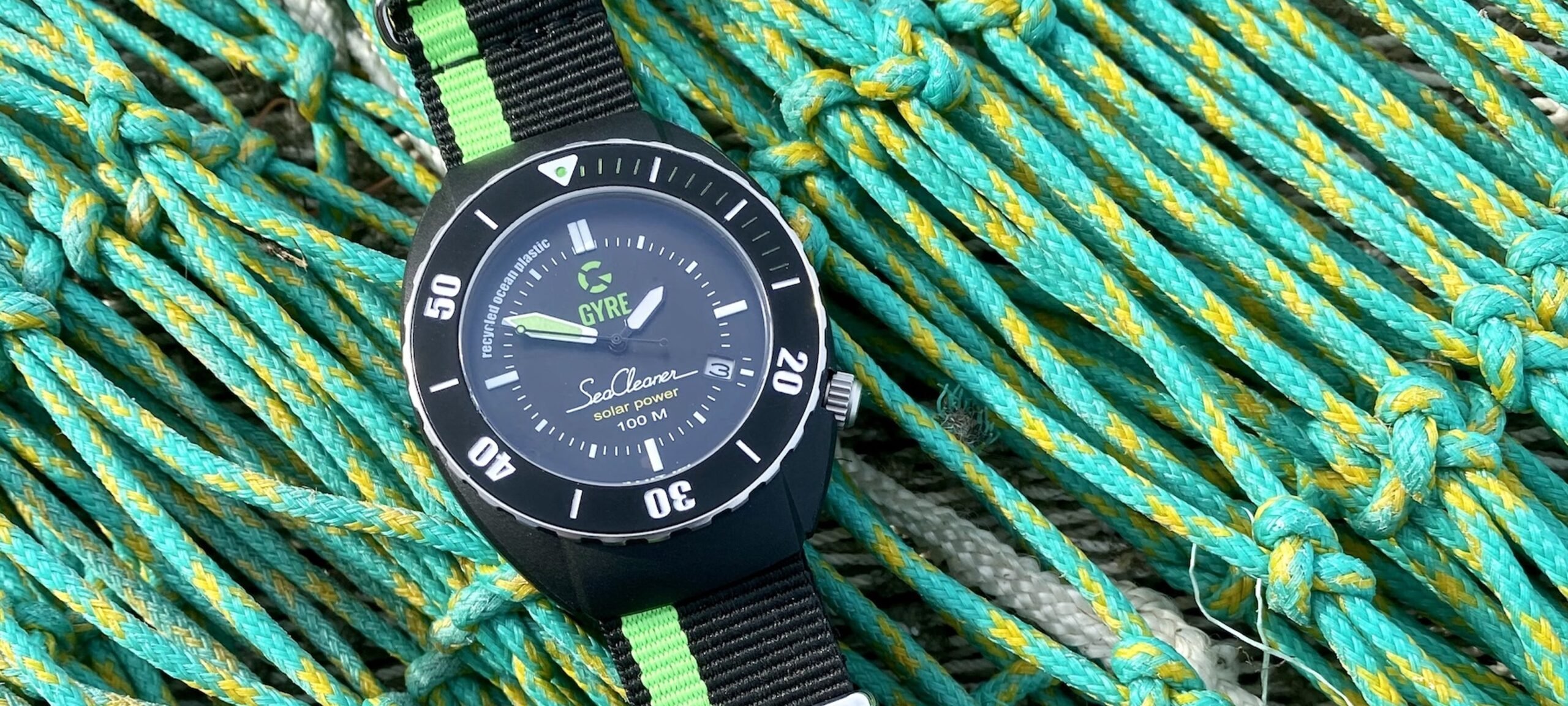How Watches Work — A Look At Exotic Case Materials With IWC, Bvlgari, Hublot, Richard Mille, And More
You have to draw the line somewhere. And I draw the line at cheese. Anything beyond cheese is a step too far for me. I’m talking cheese as a building material for watches of course, not cheese as food. Cement, granite, wood, and marble are highly debatable, but at least you can’t eat the stuff. Anyway, after looking at all kinds of metals in the first part of this “How Watches Work”, I’m leaving alloys behind and will proceed to look at some of the more exotic offerings out there.
Let’s start with getting some of the more unusual, maybe I should say ridiculous, materials brands make watch cases from out of the way. H. Moser & Cie. used Vacherin Mont-d’Or cheese to make a point regarding the Swiss origins of a watch. Was its Swiss Mad Watch tasty or tasteless? You be the judge.
It depends heavily on the level of your open-mindedness to accept these unusual materials.
Giuliano Mazzuoli is an Italian designer who also creates watches. His Manometro is a clean piece of instrumental and industrial design. It looks good in bronze or steel for instance. But in cement or granite? It depends heavily on the level of your open-mindedness to accept these unusual materials. And do you remember the Roger Dubuis Excalibur Quatuors with a silicon case? They made three of them and these lightweight and potentially slippery watches had a price of CHF 1,000,000. Let’s just forget it and focus on carbon, ceramic, sapphire, and recycled plastic watches.
Ceramic: scratch-proof, lightweight, and hypoallergenic, but not perfect
When I say ceramic, you might think of Rado. But I also remember the white and black ceramic Da Vinci Perpetual Calendar IWC launched in 1986. The reference 3755 was a world first, but the world wasn’t ready and after selling about 1,000 pieces both black and white models were discontinued.
And there’s also no denying the role the Chanel J12 played in popularizing the material and familiarizing the watch audience with ceramic.
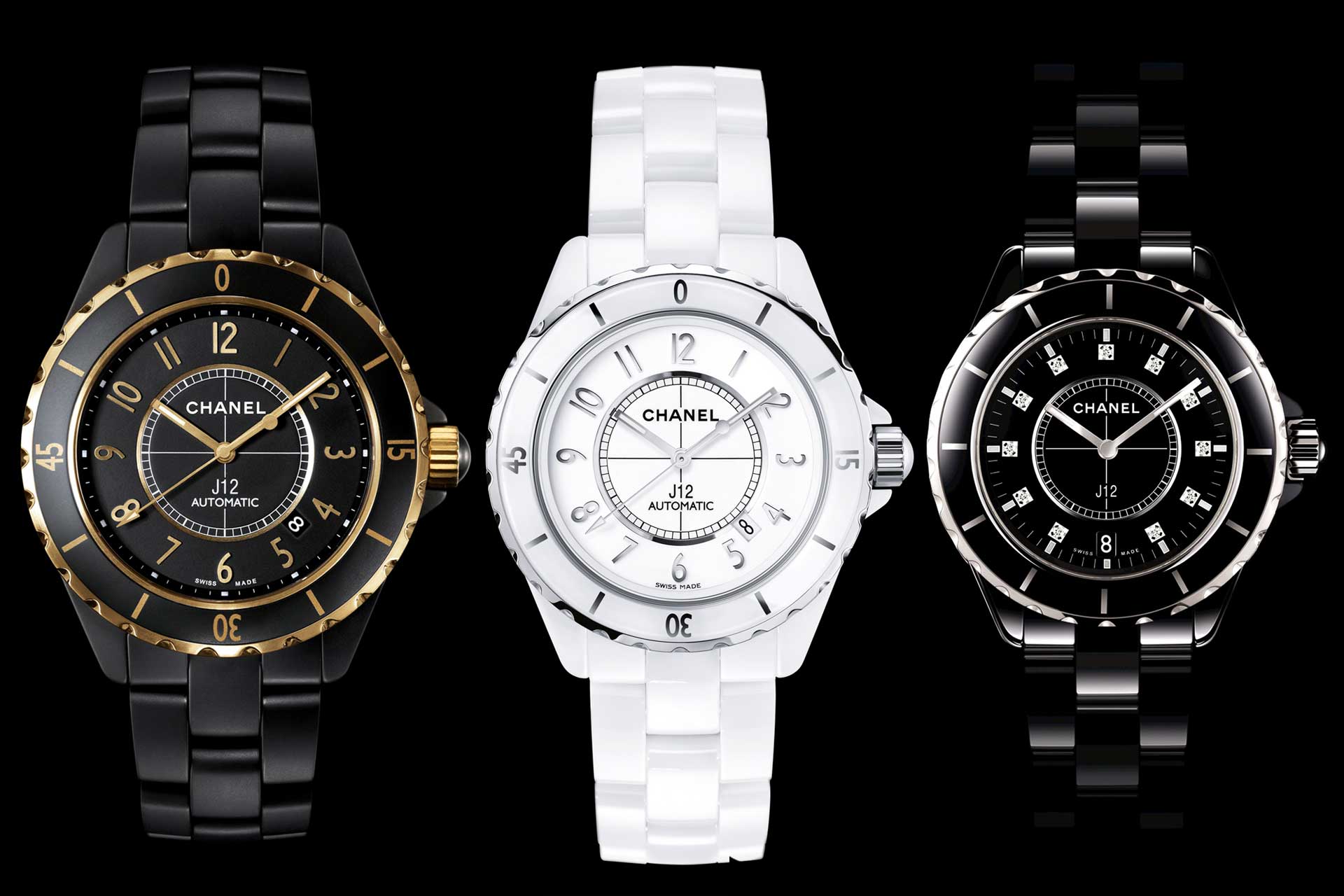
Chanel J12 caliber 3125 on the left (the movement it uses is based on the Audemars Piguet caliber AP 3120) and other members of the ceramic family
It’s all in the sintering
Ceramic is an ultra-hard and almost completely scratch-resistant zirconium-based composite. It is formed by extreme pressure and heating. Rado uses it almost exclusively as does Chanel.
It’s safe to say that almost every self-respecting Haute Horlogerie brand has a ceramic watch in its collection. Noteworthy is that Hublot is the only brand to produce a thoroughly colored type of ceramic.
… four times as hard as traditional steel.
The brand from Nyon uses patented, through and through red, blue, or green colored ceramic for its very exuberant creations. The sintering process used for this ceramic combines heat and pressure without burning the color pigments. An additional advantage is that the colored Hublot ceramics are also harder than traditional black ceramics, which are already four times as hard as traditional steel.
Aesthetical versatility
Ceramic is in any case a very suitable material for watch cases. In addition to being very hard, it is a very light, hypoallergenic material with a low weight of around 4 grams per cubic centimeter. This makes it two times lighter than steel, for example, which weighs 8 grams per cubic centimeter.
The aesthetical versatility of ceramic is also something that needs to be addressed. The material lends itself to all kinds of colors. From monochromatic tones to bright ones, and even beige. Rado has proven that it can also imitate the shine and finishing of metal.
Ceramic can be brushed, bead-blasted, and polished for a variety of visual sensations — from dressy to sporty I would say. An Omega Speedmaster Dark Side Of The Moon Vintage Black is the polar opposite of a thin and shiny Bvlgari Octo Finissimo Ceramic.
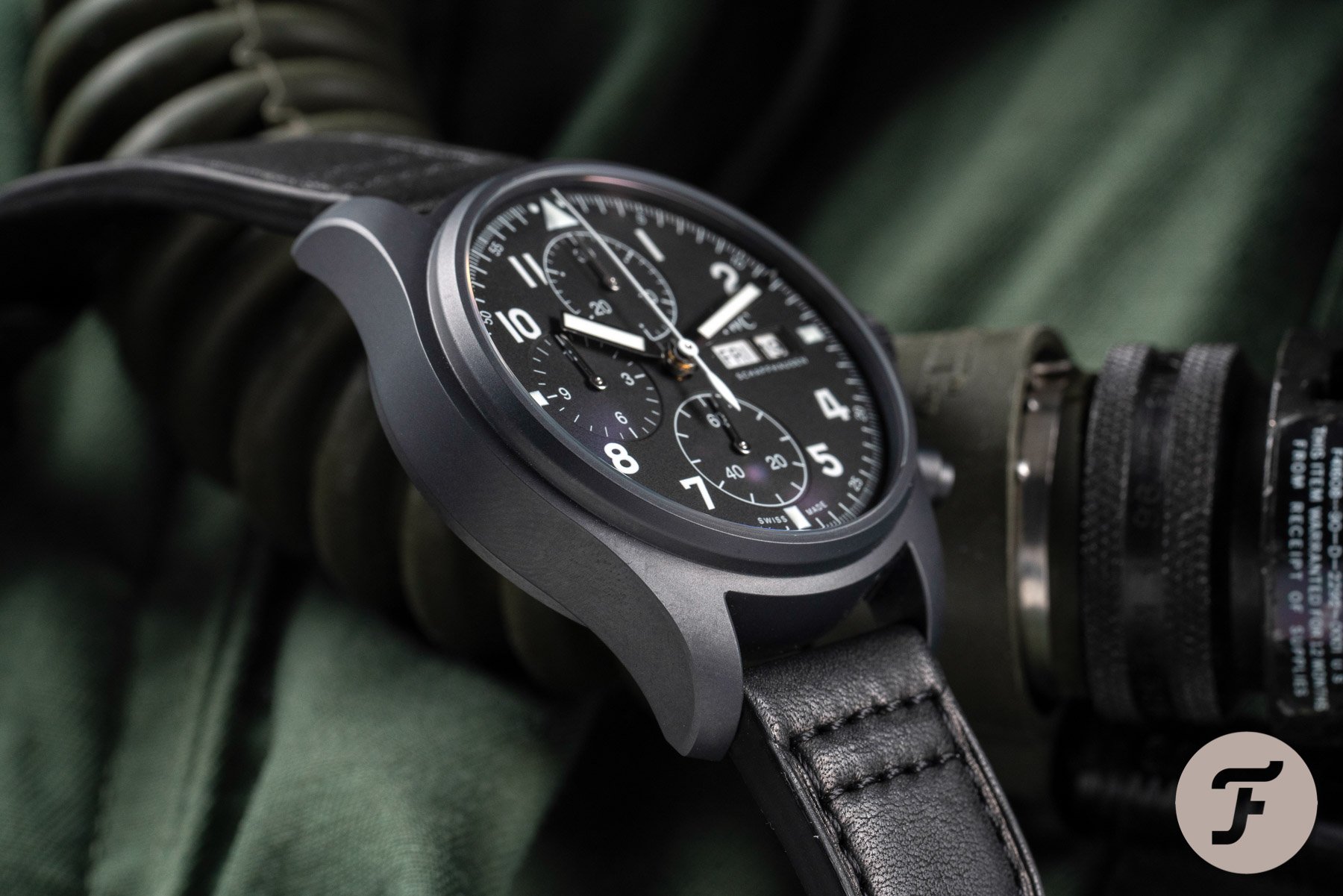
IWC Pilot’s Watch Chronograph “Tribute to 3705” made in black Ceratanium, a mix of ceramic and titanium
Damaged beyond repair
A downside of ceramic is that it is relatively brittle. On impact, a ceramic watch case can break whereas an alloy watch would (just) suffer a dent. Unfortunately repairing a chipped ceramic case is impossible.
IWC got the idea to combine the low weight of titanium with the hardness of ceramics …
The only way to fix a broken ceramic watch case is to get a new case. It is this limitation that makes ceramic a great but not perfect material for a watch. IWC got the idea to combine the low weight of titanium with the hardness of ceramic to end up with the best of both worlds. The material they created is Ceratanium. By heating and compressing the two materials a ceramic-like surface is created that bonds directly to the titanium. The result is both lightweight and hard, but also less brittle.
Sapphire — The luxury of transparency
Sapphire is everywhere in the world of luxury watches and yet in the context of cases, it’s quite rare. Partly because making a sapphire watch case is complicated, time-consuming, and therefore expensive. This is due to the hardness and at the same time the brittle structure of the material. But if everything stays in one piece, a sapphire case provides an amazing optical spectacle. Clear and transparent or lightly colored, a sapphire case allows an unobstructed view of the movement and, as a bonus, sparkles in a rather unique fashion.
Caution, sapphire case in the making
Sapphire glass is a synthetic material grown in a lab. Due to its extreme hardness, sapphire glass requires diamond-tipped milling machines for processing. As I said before, manufacturing a sapphire case is a very complicated, time-consuming, and therefore an expensive process.
… sapphire glass’s brittle nature makes it susceptible to irreparable shattering …
Extreme caution is also advised because sapphire glass’s brittle nature makes it susceptible to irreparable shattering. Still, it didn’t stop several brands from releasing unique models with sapphire cases in recent years. But please keep in mind that if you’re hypnotized by a sapphire watch, fall under its spell, and feel the need to own one, that the price is very likely to be in the upper echelons.
Something you would expect because when thinking of brands that do work with sapphire, the likes of Hublot, MB&F, and Richard Mille come to mind, not Certina, Oris, or Hamilton. No offense!
Carbon — The Formula 1 Feeling
Carbon is all about strength and light-weight. There’s a good reason why Formula 1 teams have a carbon fetish. Carbon is made of synthetic resin wires with a small diameter. The tough resin holds these carbon fibers, with a diameter of only seven-thousandths of a millimeter. These carbon fibers weigh less than 2.6 grams per cubic centimeter. That is twice as light as titanium, but after the manufacturing process, it’s also three times as stiff.
A forged carbon watch case is made by heating a paste of very fine carbon fibers (about 77,500 fibers per square centimeter) and forming the material using great pressure. This gives the case of for instance the Doxa Sub 300 Carbon Divingstar its unique marbled appearance.
Both forged and woven carbon cases are extremely strong …
A case formed from 3K carbon — the “K” stands for a thousand and indicates the number of carbon wires per bundle — can be recognized by the neatly ordered, striped weave structure. Both forged and woven carbon cases are extremely strong and light as a feather. This is what a Formula 1 car must feel like when you transform it into a wristwatch.
Just like an old oak tree
Carbotech is a material that Panerai uses and it’s a material made of long thin sheets of carbon fibers that are bonded together under high pressure and temperatures. A high-end polymer called PEEK (Polyether Ether Ketone) makes sure the layers bind together. The result is a very strong and durable watch case. And also a case with a unique striped pattern. You can actually visualize the building process by looking at the case that somehow reminds me of the growth rings of a tree.
Panerai’s Carbotech watch is lighter and stronger than a ceramic or titanium equivalent …
The big difference of course is that, unlike a medium-sized oak, it didn’t take decades to create the Luminor Submersible 1950 Carbotech. Panerai’s Carbotech watch is lighter and stronger than a ceramic or titanium equivalent making it an ideal tool watch in theory. In practice, you might want to take it easy because when the watch was launched it retailed for €17.5K.
The future of carbon
One important question about carbon watch cases still hangs in the air. And that is how carbon watches cases will stand the test of time. There is no information on that, but according to the five largest manufacturers of carbon fiber bike frames on the planet, a carbon fiber frame has a life of five to seven years if ridden. When you don’t ride it — and maybe we should focus on these numbers as a watch case is a static object — the life expectancy is seven to ten years. But maybe that lifespan is a bit pessimistic. And that’s because, unlike an alloy, carbon doesn’t fatigue, and that means that a carbon watch case can theoretically last forever.
Recycled plastic – Thrown away, fished-up, and put on the wrist
Recycled ocean waste might not sound luxurious, but it’s definitely important to start the closing stages of this overview of non-alloy watchmaking materials to talk about it. Since environmental consciousness, our ecological footprint, and sustainability are not something we can ignore, we have to mention plastic watches.
The shape of the case and the position of the crown are tell-tale signs that watch experts were involved …
Plastic made from old fishing nets for instance, as used by the young Dutch watch brand Gyre. Not because the brand wants to be cool, but because it wants to make a change. Luckily the founders are watch enthusiasts so the solar-powered Gye Seacleaner doesn’t just have a good heart and good intentions, it also looks the part. The shape of the case and the position of the crown are tell-tale signs that watch experts were involved in the design. Alpina, Ulysse Nardin, and Triwa also use recycled plastic and many more are to follow, I’m sure of that.
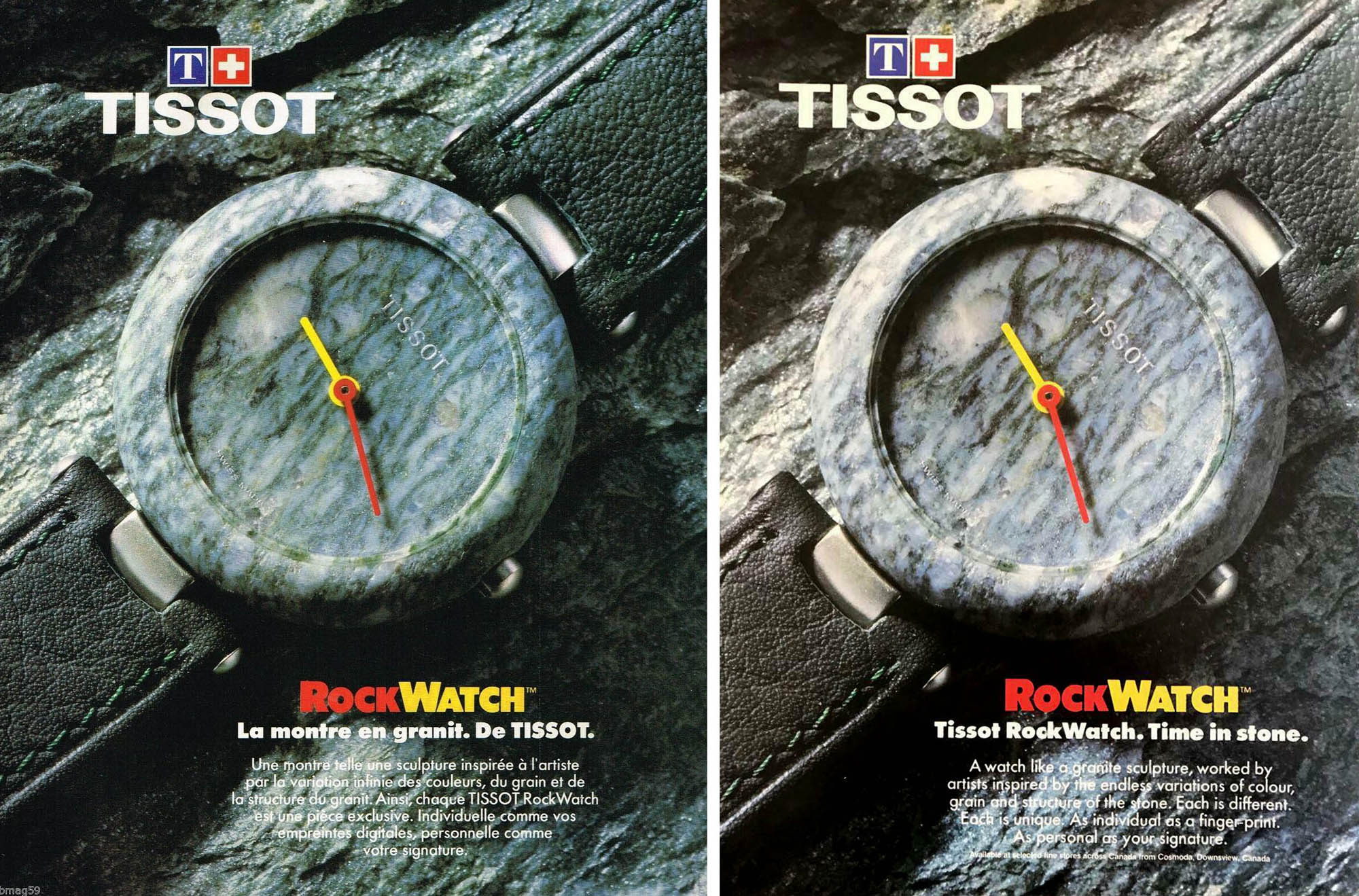
The Tissot RockWatch screams 1980s, but I think it could make a strong comeback in a new shape and form
Carbon, ceramic, sapphire and recycled plastic watches are cool, but what about granite?
I discarded cement and cheese at the beginning of this article. And then I proceeded with carbon, ceramic, sapphire, and recycled plastic watches. As you saw I also deemed wood an unfit material for creating a decent watch case. But what about the Tissot RockWatch from the 1980s? I know it’s no longer in production, but it sure made an impression on me when it came out. And I was clearly not the only one who was impressed as they became very popular. The granite Tissot used came from the Alps in the Grischun, Ticino, and Valais areas. It took a serious multi-million dollar investment to build the right machines to grind the granite into small, usable pieces of stone.
The RockWatch looks outdated now, but a new version would not go unnoticed …
Later versions of the Tissot RockWatch used different stones sourced worldwide including alabaster, Brazilian aventurine, Scandinavian basalt, picture jasper from the African Kalahari Desert, and Australian pink rhodonite, quartz, and thulite. The RockWatch looks outdated now, but a new version would not go unnoticed, I’m very sure of that. Are you reading this, Tissot?
Last but not least, I would love to hear your thoughts. What are your favorite watches made from special materials? Did I miss anything out which you would have like to see covered? Let me know in the comments below.
Please find and follow me at Lex Stolk • Instagram

